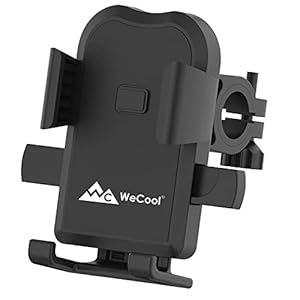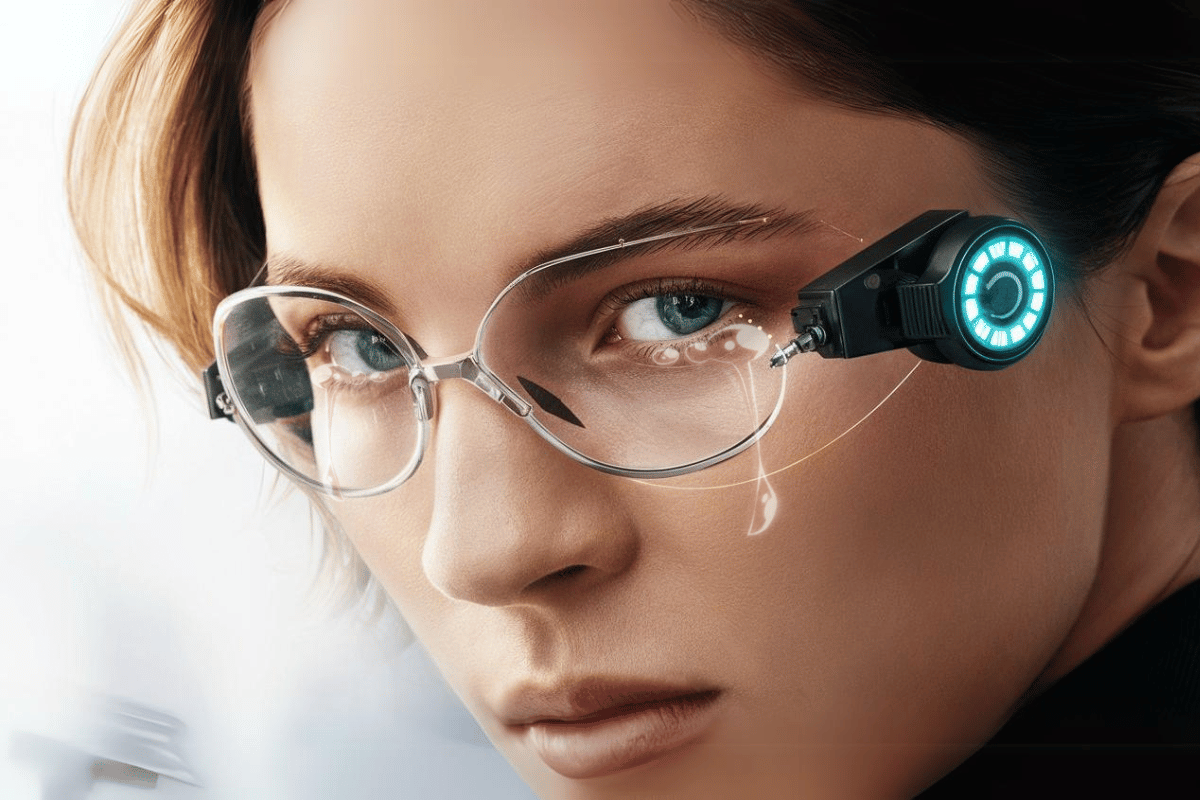
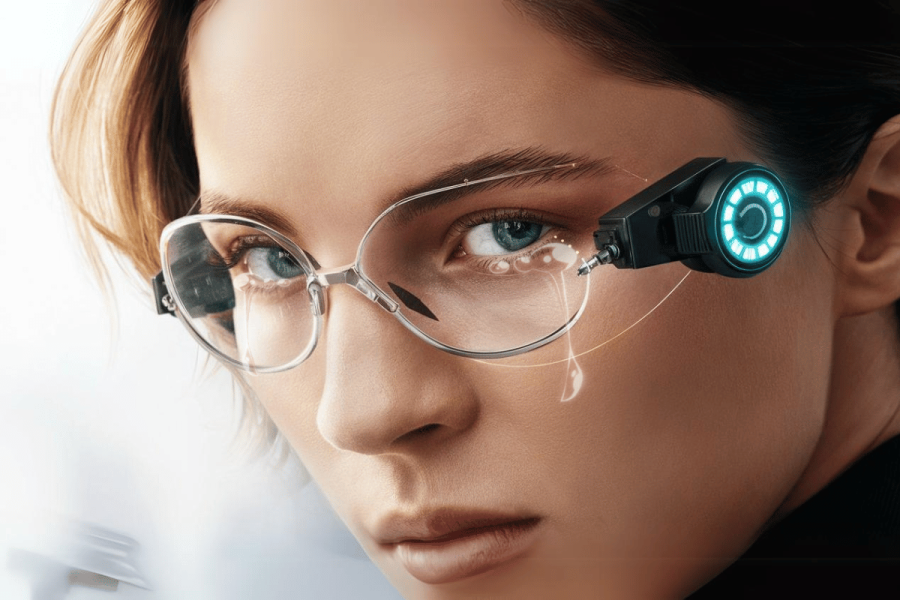
Scientists have created an ultra-thin battery for smart contact lenses that’s charged by our personal tears. The battery is wafer-thin at 0.2mm, roughly twice the thickness of a human hair, and it matches comfortably inside the usual contact lens thickness of 0.5mm.
Lee Seok Woo, a scientist, shared {that a} “Mission Impossible” film scene sparked the concept for his invention—batteries for sensible contact lenses. Within the film’s fourth installment, an agent makes use of contact lenses which have capabilities equivalent to facial recognition and eye monitoring. Impressed by this, Lee aimed to show this fictional know-how into actuality.
Researchers in Singapore have developed an ultra-thin battery that may be embedded onto your contact lenses.
The battery, which can even be powered by your tears, has made “Mission Unattainable”-style sensible contact lenses one step nearer to actuality. pic.twitter.com/wlp45fwtLK
— CNBC Worldwide (@CNBCi) June 6, 2024
Reflecting on his motivations, Lee, an affiliate professor at Nanyang Technological College’s College of Electrical and Digital Engineering, advised CNBC’s “The Edge,” “I used to be considering, ‘How can I work on this discipline of sensible contact lenses?’”
His background in battery elements bought him into wearable know-how. Lee acknowledged that sensible contact lenses would require protected and compact batteries, that are important for the long run growth of those units.
How can the battery of sensible contact lenses be charged by tears?
The battery is powered by a “biocompatible saline resolution” as an alternative of a typical lithium-ion battery utilized in smartphones and smartwatches, which might not be protected for a product equivalent to a contact lens.
This battery has a conventional wired charging technique, in addition to a chemical course of. It features a glucose coating and, after being dipped in saline, reacts with the sodium and chloride ions to generate energy.
Chemically charging the battery for eight hours permits it to maintain 80 % of its most capability, after which it might perform for a number of hours. As well as, an alternate and distinctive energy supply is obtainable.
“Tear resolution additionally comprises glucose. Meaning, whilst you’re sporting the contact lens, your tears may cost the battery,” defined Lee. “Should you cry extra, then you may cost your battery extra.”
At current, the battery’s capability and voltage are comparatively low, producing solely about 0.3V – 0.6V, whereas a regular AA battery delivers 1.5V.
The present output will not be sufficient to allow knowledge storage or web connectivity, however efforts are underway to enhance the battery’s efficiency.
Lee sees potential purposes within the healthcare sector. “We use glucose as a biofuel. There are a lot of diabetic sufferers who test their glucose stage every single day,” Lee acknowledged. “We studied how we are able to detect glucose stage whereas the person is sporting the contact lens.”
Regardless of the promising points of this know-how, Lee believes it’s essential to take care of low manufacturing prices because of the restricted battery capability. “As soon as it goes into very severe commercialization, the price of the battery ought to solely be a number of {dollars},” Lee acknowledged.
Featured picture: Canva
Trending Merchandise



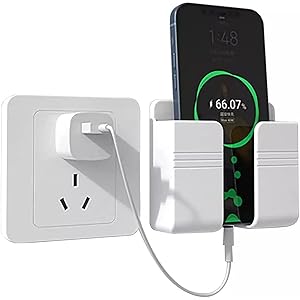
![CRATIX 360°Rotatable and Retractable Car Phone Holder, Rearview Mirror Phone Holder [Upgraded] Universal Phone Mount for Car Adjustable Rear View Mirror Car Mount for All Smartphones](https://m.media-amazon.com/images/I/410N7NZtIjL._SS300_.jpg)
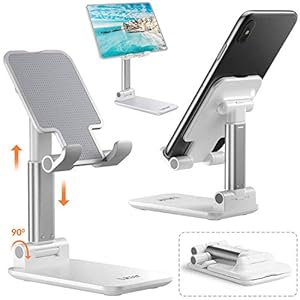
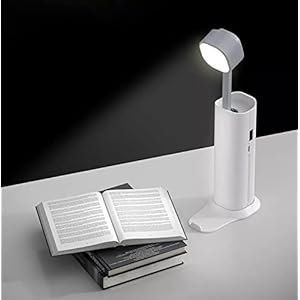


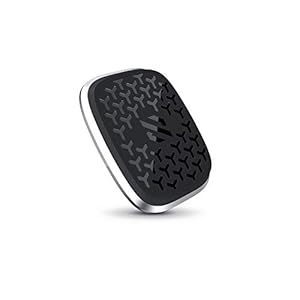
![Car Phone Holder Mount, [Military-Grade Suction & Super Sturdy Base] Universal Phone Mount for Car Dashboard Windshield Air Vent Hands Free Car Phone Mount for iPhone Android All Smartphones](https://m.media-amazon.com/images/I/51KK2oa9LDL._SS300_.jpg)
